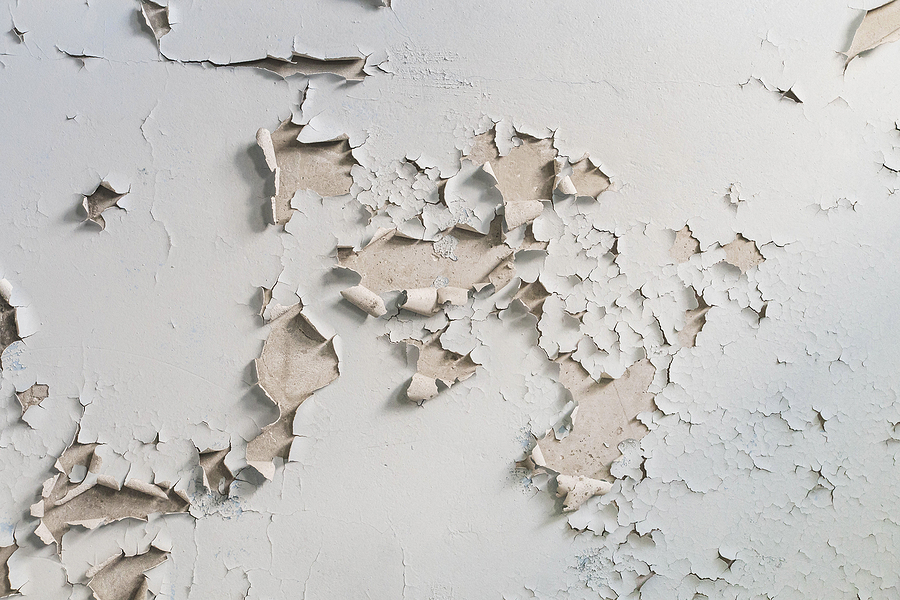Surrealism in Photo-Based Painting: An Artistic Odyssey
Surrealism in photo-based painting serves as a compelling intersection where photography and painting blend into an unprecedented art form. This artistic realm not only embraces imaginative interpretations but also offers professional photographers a fresh medium for expression. Journey with us as we delve into this surrealist approach to understand its essence and its potential impact on modern photography.
Understanding Surrealism in Photo-Based Painting
At its core, surrealism strives to transcend reality, unveiling dream-like interpretations rich in symbolism and abstraction. In photo-based painting, this invites photographers to reinterpret reality, constructing new, intriguing narratives. As this artistic trek unfolds, photographers discover the transformative capacity of their works and the vital roles creativity and imagination play.

The Roots of Surrealism
The surrealist movement emerged in the early 20th century, primarily influenced by dream studies and psychoanalysis. Artists like Salvador Dal and Ren Magritte pushed boundaries with their uncanny imageries. For photographers, integrating these techniques can generate strikingly unique compositions, inducing viewers to pause and ponder. Websites like Cleveland Museums exhibitions offer fascinating glimpses into this transformative aspect of art.
The Modern Photo-Based Painting
Today, as technology advances, photo-based painting becomes accessible to photographers globally. Using digital tools, professionals merge photographic realism with surrealist touchpoints, crafting alluring compositions. Engaging tutorials provided by sources like Art Studio Life illustrate techniques for integrating photos with artistic interpretations effectively.
The Role of Technology
Photography and digital editing stand as critical components of surrealist photo-based painting. Applications such as Photoshop allow artists to alter dimensions, colors, and subjects, fostering a distinctive surrealist outcome. Digital platforms introduce extensive possibilities, from color manipulation to subject deformation, allowing personalized surreal interpretations. This Cubebrush guide explores impactful approaches to digital photo-based artistry.
Techniques to Embrace
Photographers seeking to integrate surrealism into their works can employ diverse techniques. Methods like collage, blending, and digital layering have surged in popularity due to their effective results. Moreover, these processes offer photographers a bridge to connect their style and vision with surreal influence, promoting self-expression through art.
Collage and Blending
Collaging and blending photos promote creativity and narrative within artworks. Experimenting with various textures, dimensions, and realities broadens artistic horizons. Digital blending especially, aided by software, allows seamless integration of incompatible scenes, generating otherworldly landscapes.
Layering and Dimension
Through layering and exploring dimension, artists achieve depth and complexity. Surrealists often utilize multiple layers, adding unexpected elements to draw the viewer in and challenging the perception of reality. Layering transforms basic photography into a voyage through complex, dreamlike vistas.
The Influential Impact on Photographers
Adopting surrealism in photo-based painting not only reinvigorates a photographers portfolio but can reshape their creative vision altogether. This method accentuates perceived realities, inspiring fresh methodologies and narratives.
Furthermore, this form empowers photographers to expand their boundaries and audience by offering distinct, often introspective content. The surreal aspect intrigues viewers, fostering a thoughtful reflection on artistic expression.
For more inspirational resources, articles on interpretive vs realistic photo-based painting can serve as excellent starting points.

Getting Started in Surreal Photo-Based Painting
Venturing into the realm of surrealism in photo-based painting requires an open mind and a willingness to experiment. Begin by observing masters like Dal, then explore digital tools and techniques available. Engaging with art communities can further foster growth and understanding.
In addition, continuously challenging ones artistic perceptions allows photographers to develop and refine a unique voice within their work. As you further explore photo-based painting, consider engaging with educational content like DIY photo to painting guides to hone skills.
FAQs
What tools are essential for photo-based surrealism? Digital photo editing software like Adobe Photoshop is crucial. Additionally, a graphics tablet can enhance the painterly effect.
Who are some influencers in this art form to explore? Salvador Dal and Ren Magritte are noteworthy surrealists. Modern photographers integrating surrealist elements offer fresh insights.
How can surrealism benefit my photography? Surrealism unlocks new artistic possibilities, engaging and appealing to broader audiences and enriching your creative expressions.

